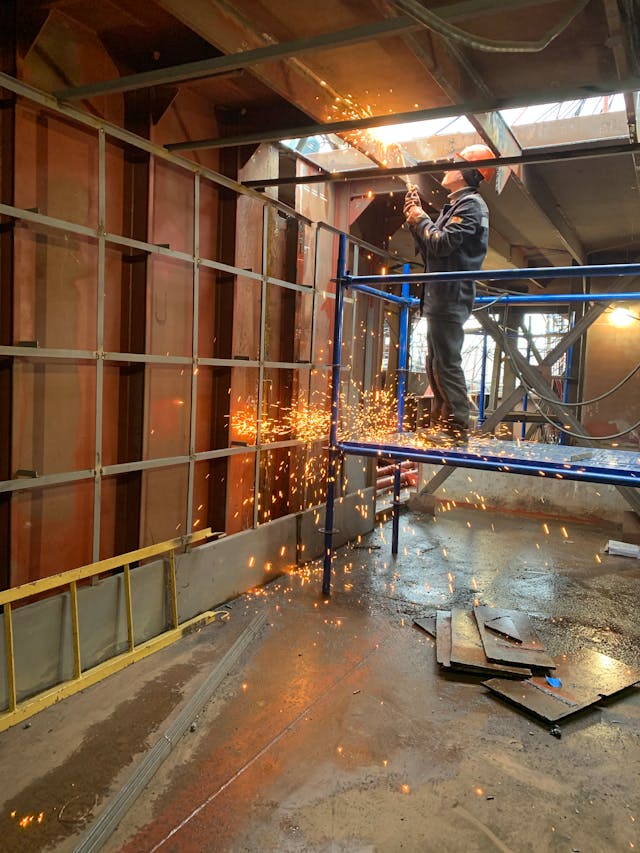
Connecticut is now among the worst-performing states in the country when it comes to housing affordability and new home supply — raising concerns about the long-term economic competitiveness of one of the wealthiest states in the nation.

A new Realtor.com® State-by-State Housing Report Card gave Connecticut a failing grade, citing severe underbuilding relative to its population and rapidly escalating home prices. The findings are part of the Let America Build campaign, which evaluates how well states are addressing the national housing shortage.
Despite high median incomes and a solid employment market, too few homes are being built to keep up with demand. That shortfall is leaving families — particularly first-time buyers — with dwindling options.
Former President Donald Trump has also taken aim at the issue on a national scale, recently accusing major homebuilders of intentionally withholding land and limiting supply. In a post on Truth Social, Trump wrote:
“They’re my friends ... but now, they can get Financing, and they have to start building Homes. They’re sitting on 2 Million empty lots, A RECORD.”
He urged federal housing finance agencies to press builders to accelerate construction and help “restore the American Dream.”
Connecticut’s score of 28.3 places it near the bottom of the national list. The state’s median listing price of $517,849 significantly outpaces what many residents can realistically afford — even with a comparatively high median household income of $89,717. The state’s affordability score of 0.64 reflects that imbalance.
The report also reveals:
The takeaway: what little gets built is mostly luxury housing — not attainable homes for working families.
While new homes are becoming more attainable in other regions, the Northeast continues to lag due to:
New construction nationally has reached record competitiveness with existing homes, but Connecticut remains stuck. As Realtor.com notes, the Northeast ranks last in supply compared to demand.
The housing shortage impacts more than buyers — it hinders economic expansion, workforce recruitment and demographic growth.
Shannon McGahn, executive vice president at the National Association of Realtors®, warned:
“America is short more than 4.7 million homes, and every new home built helps close that gap while fueling local economies.”
She emphasized that a decade of underbuilding has pushed housing out of reach for millions of Americans.

Gov. Ned Lamont has repeatedly acknowledged that Connecticut’s limited housing inventory threatens future prosperity. State housing agencies have provided funding for more than 13,700 affordable homes since 2019. But more than 8,000 of those units are rehabilitations, not brand-new construction — a key detail highlighted in a report from the Office of Legislative Research.
Lamont recently stated:
“We built more new housing … over the last three years than we have during any three-year period 10, 20 years ago. We’ve built probably 70% more housing than during that time.”
However, momentum slowed when Lamont vetoed H.B. 5002, a bill designed to reform zoning restrictions and support increased development where demand is strongest.
Advocates say zoning modernization is essential if the state is serious about reversing decades of underbuilding.
Housing experts warn that Connecticut’s F grade reflects a crisis that cannot be solved without meaningful land-use reform and faster approval for a broader mix of homes — from starter homes and townhouses to multifamily and transit-oriented developments.
The National Association of Home Builders’ Blueprint urges Connecticut to:
Without significant change, the state could see continued population stagnation and increased outward migration as families pursue affordability elsewhere.
Connecticut, they warn, risks falling further behind.
Originally reported by The Realtor.com Team in The Realtor.,